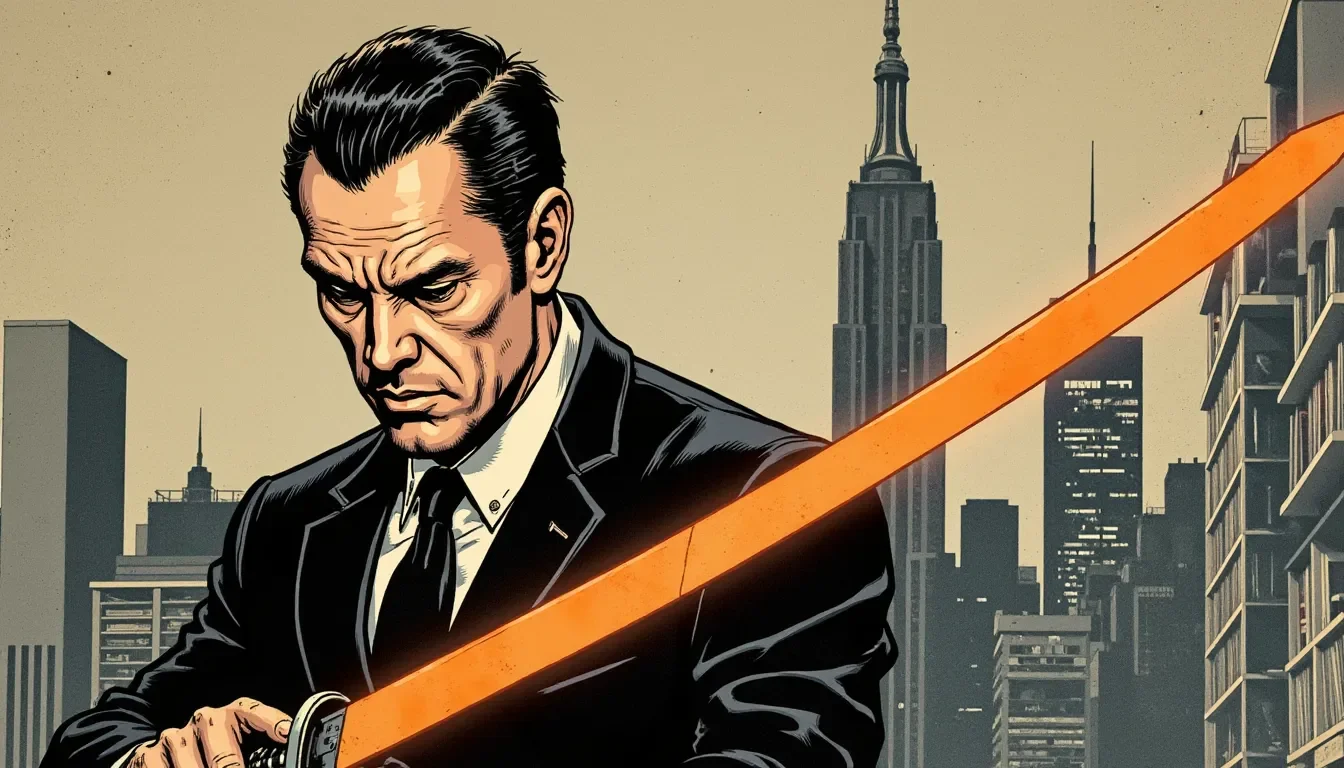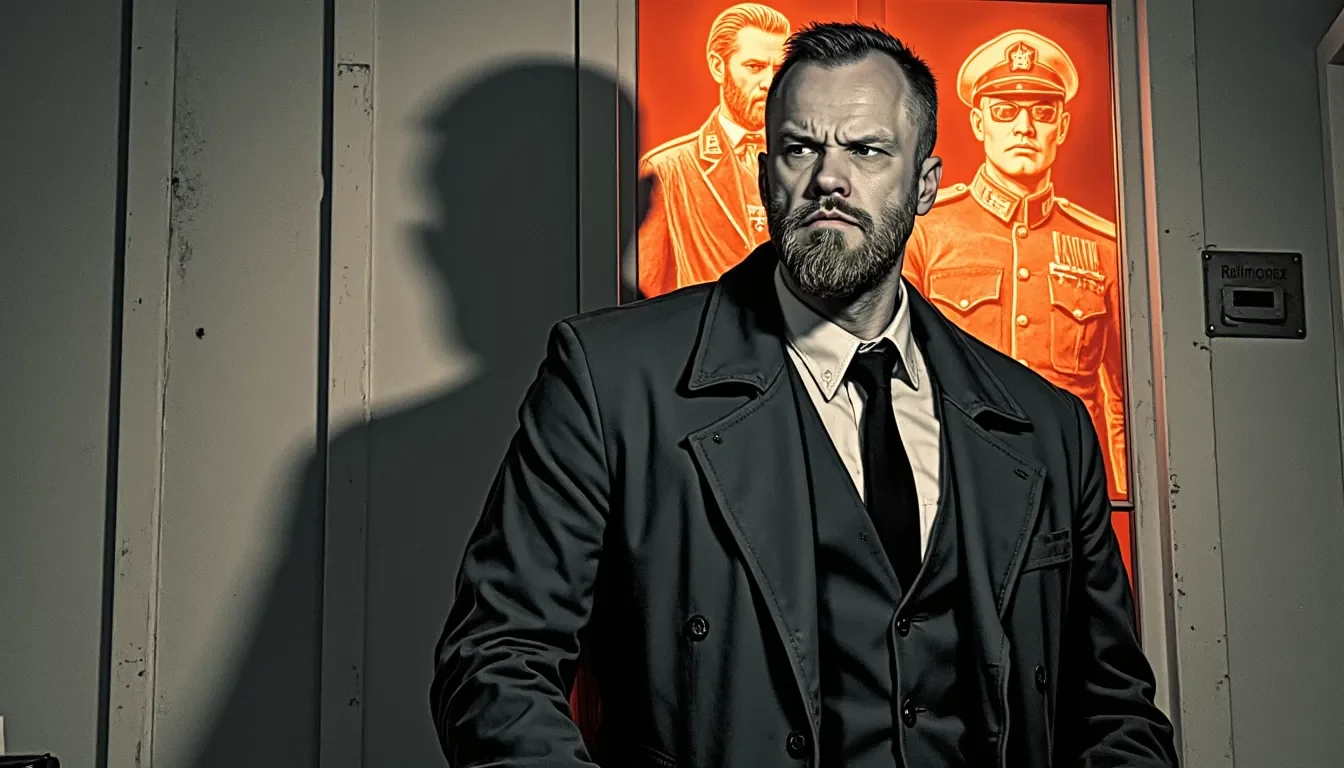
T H E W A R C H E S T
Between Blade and Book. Lessons from the Labyrinth
The Strategist's Scroll. Unpack the timeless nexus of warfare, philosophy, and power dynamics through the lens of Robert Greene 's enduring insights. This blog explores how strategic thinking, human nature, and intellectual wisdom converge on the battlefield of life, from ancient conflicts to modern influence.
The Cage of Context
Delve into the Clausewitzian theory of warfare, understanding why conflict is never an isolated act but deeply rooted in political context and human imperfection. This article offers an essential guide to the nature of conflict, perfect for those seeking to enhance their understanding of strategy, philosophy, and…..
The Emperor's Gritty Dawn
Delve into the unvarnished wisdom of Marcus Aurelius's Meditations Book 2, an essential read for those interested in Stoic philosophy, strategy of warfare, and the enduring power of ancient Roman thought. Discover how this philosopher-emperor's brutal honesty and practical guidance on self-mastery offer profound…..
The Unromantic Art of Mastery
Delve into Robert Greene's profound strategies for achieving creative mastery, moving beyond conventional wisdom to cultivate genuine genius through rigorous application. This exploration offers invaluable insights into the philosophy and strategic thinking required to forge your unique path, drawing parallels with…..
Clausewitz, Chapter 6
Delve into Carl von Clausewitz's pivotal Chapter 6 of On War, where military philosophy confronts the gritty reality of warfare. This essential reading provides a profound dive into strategy, challenging theoretical extremes with practical insights for those passionate about the nature of conflict and power……
The Emperor's Debt
Unlock the strategic mind of Marcus Aurelius, the renowned Stoic philosopher and Roman Emperor. This insightful analysis of Meditations Book 1 delves into the military strategies and philosophical influences that shaped his leadership, offering invaluable lessons for those interested in power, influence, and….
From Apprentice to Architect
Unlock the profound insights of Robert Greene's "Mastery" as we delve into the "Creative-Active" mind, exploring the critical "Second Transformation" from imitation to innovation. Discover how Robert Greene's philosophy illuminates the path to mastering your craft, drawing parallels with strategic principles…..
The Brutal Truth of War
Delve into Carl von Clausewitz's On War and uncover the profound philosophy of warfare, exploring his chilling yet essential argument that the ultimate aim is to disarm the enemy. This strategic insight, crucial for understanding conflict and power dynamics, resonates with the readership of Robert Greene, offering timeless lessons…..
The Cold Blade of Practicality
Discover the profound strategic insights of Miyamoto Musashi in this deep dive into Chapter 5 of The Book of Five Rings. Explore how his philosophy of detachment from weapons offers timeless lessons in warfare strategy and applied philosophy for modern leaders, offering a powerful counter-narrative to traditional views…..
The Unblinking Eye
Dive into Robert Greene's Mastery Chapter 4, "See People As They Are: Social Intelligence," to unlock profound insights into human nature and strategic thinking. This deep dive offers a compelling exploration of Benjamin Franklin's journey from naiveté to social mastery, providing invaluable lessons for anyone interested in…..
The Unyielding Logic of Annihilation
Delve into Carl von Clausewitz's foundational On War and uncover his potent thesis: the ultimate aim of warfare is to disarm the enemy. This essential exploration for fans of military strategy, Robert Greene's The 33 Strategies of War, and those interested in the philosophy of conflict reveals profound insights into the…..
The Foreman's Wisdom
Miyamoto Musashi's "Book of Five Rings" offers a pragmatic, battlefield-tested approach to leadership, emphasising that effective command stems from an intimate understanding of one's team's strengths, weaknesses, and morale, much like a foreman overseeing their crew. This principle, Musashi argues, forms the…..
The Art of Seeing
Unlock profound social intelligence and strategic influence with insights from Robert Greene's Mastery, exploring how Benjamin Franklin transformed from social novice to diplomatic genius. This article delves into human nature and leadership psychology, offering timeless wisdom for mastering the complex social…..
The Unseen Architect of Victory
Dive deep into the timeless wisdom of Carl von Clausewitz's On War, Book 1, Chapter 3, as we meticulously analyse "On Military Genius" – a crucial text for anyone interested in strategy, leadership, and the philosophy of warfare. This video unravels Clausewitz's profound insights into the intellectual and…..
The Blade's Edge
Miyamoto Musashi's Chapter 3 of The Book of Five Rings provides a stark, pragmatic blueprint for a life of strategic mastery. Far from moral platitudes, his principles — spanning honesty as a tactical imperative, relentless training, universal understanding, and acute perception — offer a ruthless guide to efficiency and dominance…..
The Unseen Hand
Unlock profound insights into Robert Greene's philosophy of mastery and its strategic application through the mentor dynamic. This video explores how the principles of effective mentorship, often seen in the strategies of warfare and historical philosophical apprenticeships, are crucial for achieving true expertise and…..
The Enduring Paradox of War
Carl von Clausewitz's On War illuminates the fundamental paradox of conflict: while the theoretical "pure concept" envisions total annihilation of the enemy, actual warfare is a dynamic interplay of political objectives, resource constraints, and the psychological will to fight. Strategies often diverge from outright destruction…..
The Unseen Currents
Miyamoto Musashi's "The Way of the Warrior" from The Book of Five Rings presents an uncompromising philosophy for life, emphasising relentless training, holistic understanding of all professions, and sharp, intuitive judgement to perceive unseen pressures. It champions brutal efficiency, requiring attention…..
The Indispensable Hand
Robert Greene's Mastery, specifically pages 93-107 of Chapter 3, asserts that mentorship is essential for achieving true mastery, accelerating learning through intimate, disciplined engagement. It highlights the necessity of humility, the emotional and strategic dynamics between mentor and protégé, and the ultimate…..
The Enduring Anarchy
Carl von Clausewitz's On War, particularly its foundational first chapter, offers uncomfortable yet enduring truths about conflict. He argues that war is profoundly human and political, intrinsically uncertain, and consistently driven by the political objective. Commanders, therefore, require acute intellectual insight and…..
The Unyielding Earth
Miyamoto Musashi's "The Earth" chapter from The Book of Five Rings offers a stark, practical philosophy emphasising relentless training, objective self-assessment, and a holistic approach to strategy. It advocates for shedding emotional baggage, understanding human nature, and viewing every aspect of life as…..



















